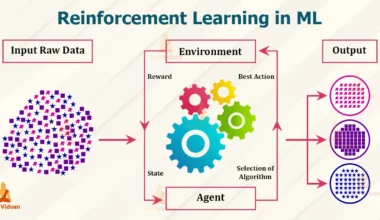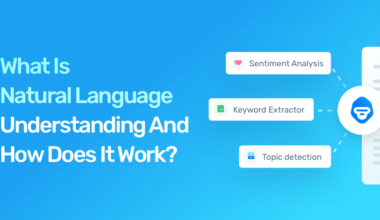Data encryption is the process of converting data into a form that is unreadable without a special key. This makes it much more difficult for unauthorized users to access your data, even if they have physical access to your devices or network.
There are two main types of data encryption:
- Symmetric encryption uses the same key to encrypt and decrypt data. This is the simplest type of encryption, but it is also the least secure.
- Asymmetric encryption uses two different keys: a public key and a private key. The public key can be shared with anyone, but the private key is kept secret. This makes asymmetric encryption much more secure than symmetric encryption.
Data encryption can be used to protect data at rest, in transit, or both.
- Data at rest is data that is stored on a device or in a file. For example, your personal files on your computer are data at rest.
- Data in transit is data that is being transmitted over a network. For example, when you send an email, the data in the email is data in transit.
Data encryption can be used to protect a wide variety of data, including:
- Personal information such as your name, address, and Social Security number
- Financial information such as your credit card numbers and bank account information
- Medical information such as your medical records
- Business data such as customer lists and sales figures
There are many different ways to encrypt data. Some common methods include:
- File encryption software that encrypts individual files or folders
- Disk encryption software that encrypts the entire hard drive of a device
- Web browser extensions that encrypt data as it is transmitted over the internet
- Virtual private networks (VPNs) that create a secure tunnel for data to travel over the internet
Data encryption is a valuable tool for protecting your data from unauthorized access. By following the best practices outlined below, you can help to keep your data safe:
- Use strong encryption algorithms. The strength of the encryption algorithm used will determine how difficult it is for unauthorized users to decrypt your data.
- Use long encryption keys. The longer the encryption key, the more difficult it is for unauthorized users to brute-force their way into your data.
- Protect your encryption keys. Your encryption keys are the keys to your data, so it is important to keep them safe. Do not store them in plain text or on a device that is not properly secured.
- Use encryption software from a trusted source. There are many different encryption software programs available, so it is important to choose one from a trusted source.
- Keep your encryption software up to date. Encryption software is constantly being updated to address new security vulnerabilities. It is important to keep your software up to date to ensure that your data is protected.
By following these best practices, you can help to keep your data safe from unauthorized access.
In addition to the above, here are some other tips for using data encryption effectively:
- Encrypt all of your sensitive data. This includes personal information, financial information, medical information, and business data.
- Encrypt your data at rest and in transit. This will help to protect your data from unauthorized access no matter where it is located.
- Use different encryption keys for different types of data. This will help to protect your data even if one of your encryption keys is compromised.
- Rotate your encryption keys regularly. This will help to keep your data secure even if an attacker is able to obtain one of your encryption keys.
- Back up your encrypted data. This will help you to recover your data if it is ever lost or corrupted.
By following these tips, you can help to keep your data safe from unauthorized access. Data encryption is an important security measure that can help to protect your personal and business information. By using data encryption effectively, you can help to keep your data safe and secure.












